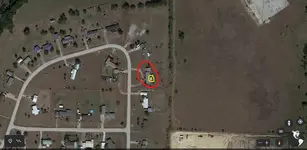You've done what lots do - know the basics but misinterpret them. That plan does look like it has most of the major points in it - the lack of paralle walls and soffit mounted speakers (which can be really good, or horrible - depending on the speakers) but it will be very cosy - so cosy that even finding space for a door will be tricky. Sound treatment can do wonders for keeping the sound neutral inside, but birds, planes, didtant traffic if you have them will be there. How much? Depends on where you are. This is what Dave is thinking - a light weight structure is very far away from sound proof, even if your sound treatment makes the sound inside pleasant. Studios need massto provide isolation at least one heavy, thick skin and often another inside, eating away at your space. The cost for studios in timber, sheet materials and insulation probably means you could build a new shed like structure much bigger - one capable of holding two people comfortably for example. You are right in that a dead room can be treated electronically to sound biger, but theyre often not nice to work in. The sensory deprivation thing. Small radio studios often had this high absorbtion but limited cubic space - theyre unpleasant to work in, especially if there is no fresh air. Cooling small spaces can be very noisy.
The reality is that it's workable, but potentially flawed. Some sheds don't even have solid enough foundations to support the weight of the wall and ceiling sheet material. If the ceiling has to be supported by the probable tiny timber in a shed roof, can it take the load? carrying the load onto the floor is the same - can the floor support it? Sheds are rarely structurally built? A concrete slab and decent sized timber might be needed?
The plan you have would be quite nice, modified to creat a totally separate inner room within the space, and scaled up so two people could have space to work. Non-parallel walls are great, but really eat into the area.
That all said, I've done rooms that size and they've been OK, but just a couple of mic stands and you are cramped. There's amps, guitars, computers and other junk to go in too?


